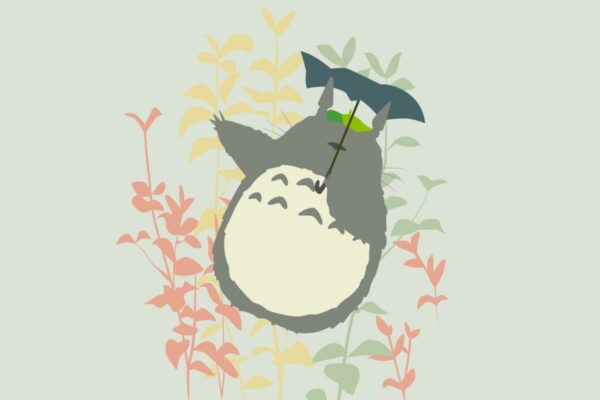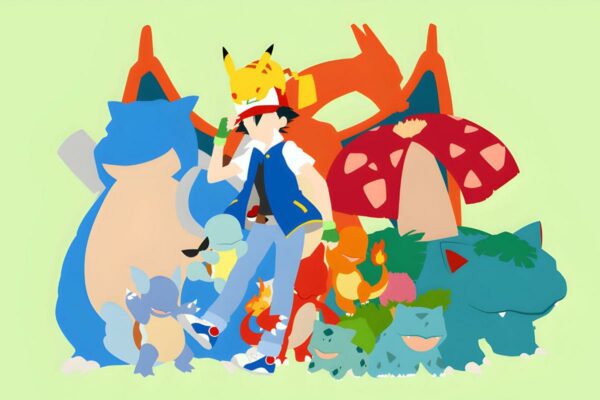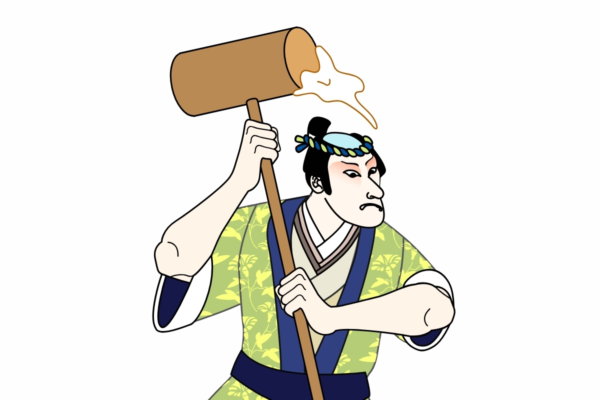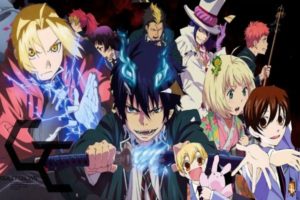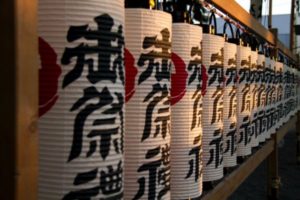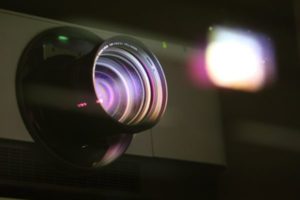If you’re a fan of Studio Ghibli’s mesmerizing films, such as “Spirited Away” and “Howl’s Moving Castle,” you’ll be spellbound by their breathtaking environmental artistry. Studio Ghibli doesn’t just tell stories; they weave intricate narratives that highlight the importance of nature and environmentalism. Led by the visionary Miyazaki, these films delicately intertwine themes of nature and humanity, creating captivating tales that resonate with audiences of all ages. Studio ghibli environment
Miyazaki’s approach to addressing environmental issues is both subtle and profound. Through the innocence and wonder of children characters, he gently imparts messages of ecological consciousness. In an era of growing environmental concerns, Miyazaki’s films serve as beacons of hope and enlightenment. They remind us of our interconnectedness with nature and the urgent need to protect our planet.
Join us on a journey through Ghibli’s iconic films, where we explore the profound environmental messages embedded within. These cinematic treasures not only entertain but also inspire action and reflection. Let’s heed the call to preserve our natural world and embrace the timeless wisdom of Studio Ghibli’s environmental artistry.
Exploring Studio Ghibli’s Environmental Artistry

Studio Ghibli, renowned for its poignant environmental art in animation, was founded in 1985 by a group of visionary filmmakers including Hayao Miyazaki, Toshio Suzuki, Isao Takahata, and Yasuyoshi Tokuma. The name ‘Studio Ghibli’ was inspired by Hayao Miyazaki’s fascination with the “Caproni Ca.309 Ghibli,” an Italian aircraft used for reconnaissance during World War II. Studio ghibli environment
The studio’s debut film, “Castle in the Sky,” graced the screens in 1986, setting the stage for their environmental storytelling. This was soon followed by the evocative “Grave of the Fireflies.” While both films were well-received, it was the release of “My Neighbor Totoro” that solidified Studio Ghibli’s legacy, as the lovable Totoro became the studio’s iconic mascot.
Miyazaki and his Ecological Storytelling

Hayao Miyazaki is one of the founders of Studio Ghibli and produced many of the well-known films that raised ecological awareness to audiences. A diverse range of viewers love Studio Ghibli films, and the meanings and tales behind the movies can be appreciated by anyone, die-hard Ghibli fans love to dig further into the nuances of the characters and scenes.

In the 1984 classic Japanese animation ‘Nausicaä of the Valley of the Wind,’ we are transported to a future Earth ravaged by war and environmental destruction. It showcases the Valley of the Wind as one of the last shelters on the planet. At the heart of the story is Princess Nausicaä, a kind and insightful leader with a special connection to the massive insects that inhabit the dangerous Toxic Jungle nearby.
This cinematic masterpiece is a tribute to Miyazaki’s imaginative storytelling and continues to be a defining work in the world of animated fantasy. Environmental messages in Studio Ghibli are woven throughout ‘Nausicaä of the Valley of the Wind,’. Highlighting the tenacity and determination of the Valley’s inhabitants. As they endeavor to mend the fractured relationship between humanity and the natural world.
The Story
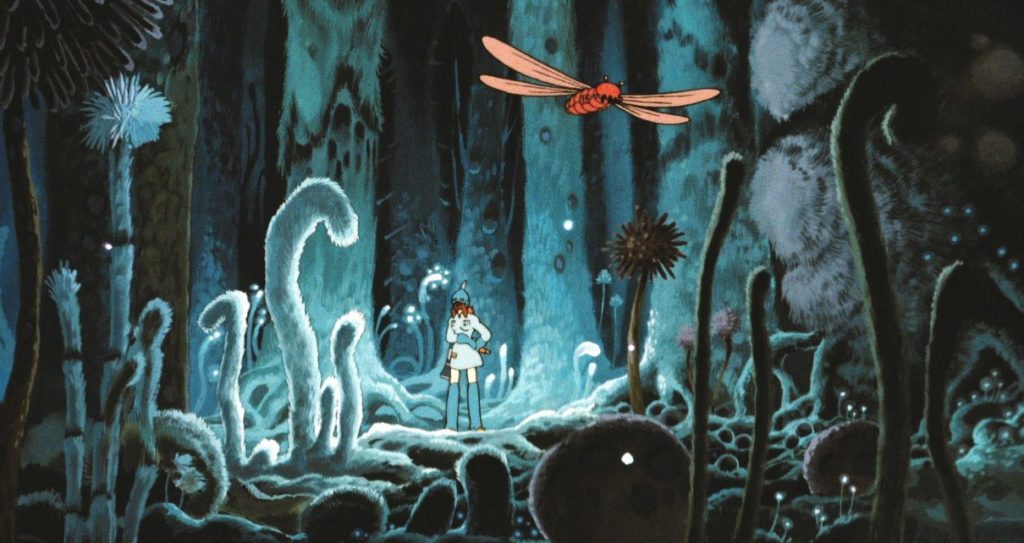
The story centres on Nausicaä, who discovers the deadly and poisonous world known as the Sea of Corruption or Rotwood. A world no humans would be able to live in without a “Shohki mask” to protect them from the toxic gas termed “miasma” that fills the atmosphere.
What makes the Rotwood hazardous and intolerable to live in is the belief that it was produced by mankinds’ previous pollution and waste. And it grows due to the mutant insects that inhabit it spreading the spores that produce the poisonous air and conquering numerous regions nearby. Studio ghibli environment art
After discovering the Sea of Corruption, Nausicaä falls in love with new flora she’s never seen. She starts collecting the spores that had caused the “miasma” and brings them to her hidden Garden Lab, unknown to the residents of the Valley of the Wind.
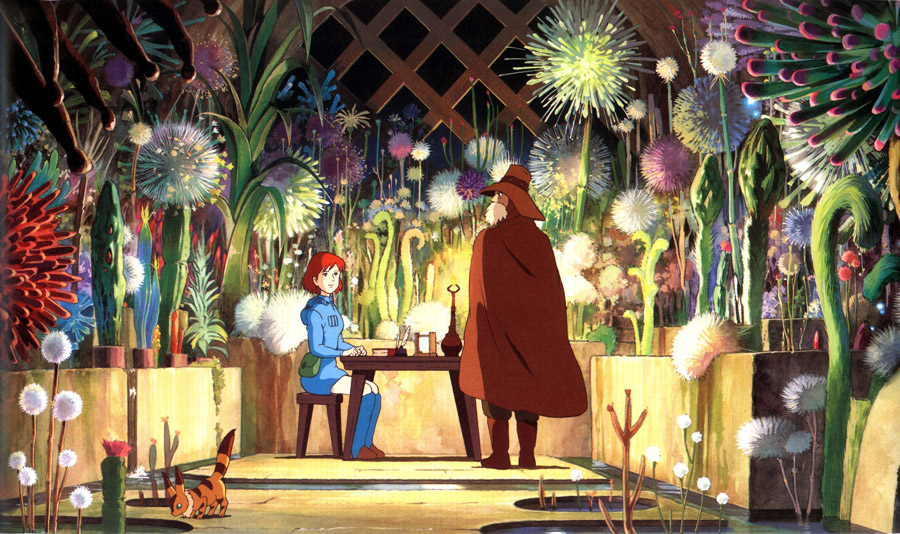
The Environmental Message
Studio Ghibli made use of Nausicaä to extend to its audience how a young girl is able to feel the connection of the world with the environment and its significance to us.
In her Garden Lab, Nausicaä treats the spores as normal plants from her village, taking excellent care of them, which leads her to the conclusion that keeping the plants healthy with clean water and decent soil does not produce “miasma”.
Nausicaä gives us inspiration and hope that it is still possible for us to take action and preserve the environment even if it is progressively dying from our poor own decisions.
My Neighbor Totoro (1988)
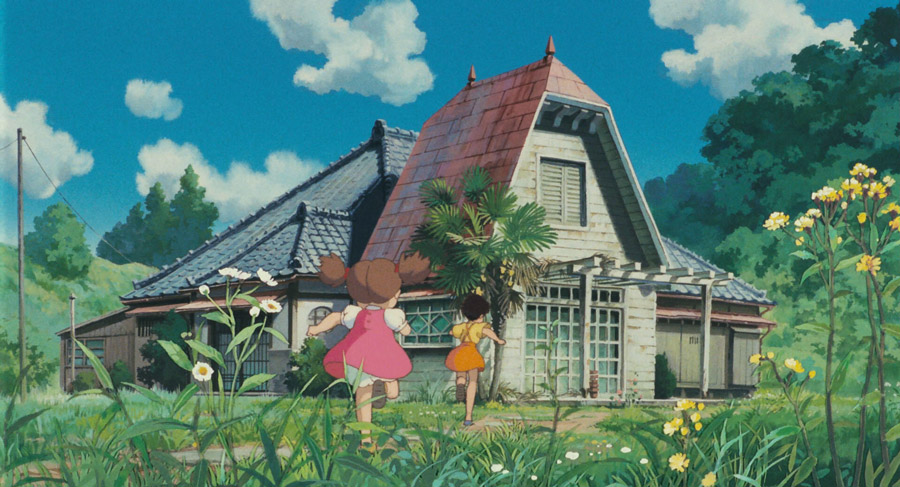
My Neighbor Totoro begins in Tokorozawa City, Saitama Prefecture, where Satsuki and Mei, two young daughters of a university professor, have recently moved into an old house close to the hospital where their mother is being treated.
The Story
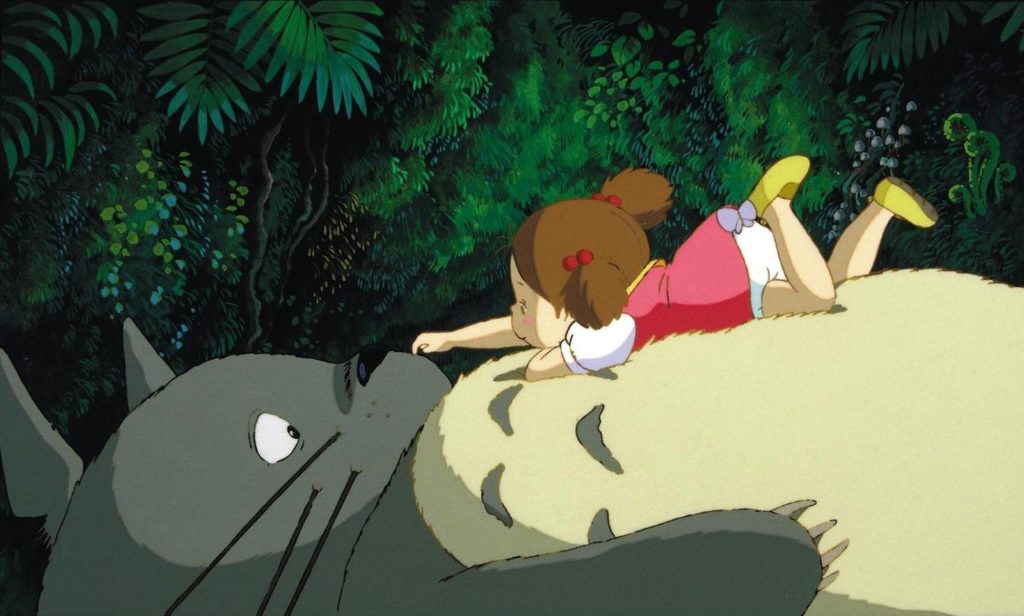
Satsuki and Mei begin to see soot spirits known as Sootballs in the house. Soon, Sootballs start appearing everywhere, formed by the dust inside abandoned houses. Stud Studio ghibli environment artio ghibli environment
When Mei wanders outside her house she meets a small version of Totoro in the grass which she chases after towards a hollow forest, discovering Totoro sleeping.
The Environmental Message
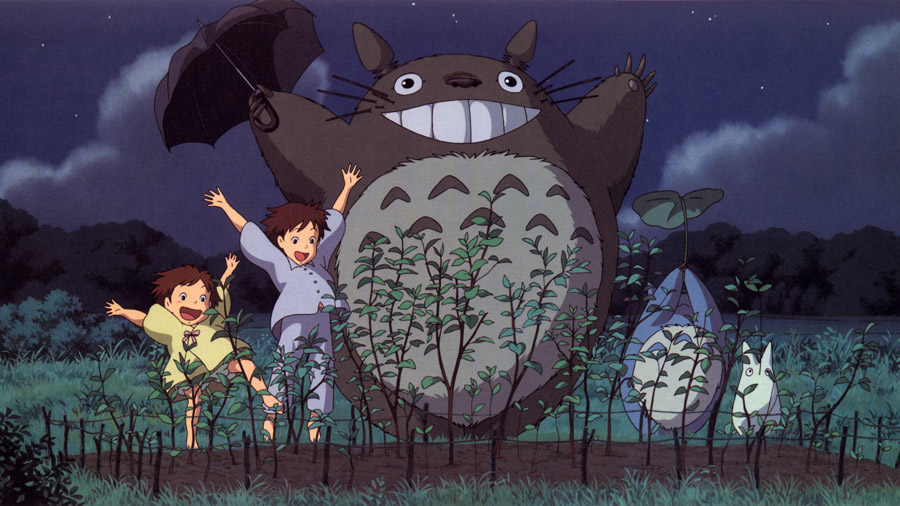
Totoro was a character designed by Miyazaki to represent a giant forest spirit without any emotion. Totoro resembles a rabbit-like creature who protects and keeps the forest safe and far away from danger. Miyazaki wanted a character that was emotionless and did not show any sentiments that could expose its inner thoughts.
My Neighbor Totoro encourages young children to discover their love of nature by running through it, just like Mei and Satsuki. Miyazaki hopes that children would grow up to be forest spirits like Totoro, preserving their environment when it faces threats.
Miyazaki sends the message urging youngsters to consider picking up acorns and replanting them to demonstrate how precious and vital nature is to us. In the film, Totoro gives acorns to Mei and Satsuki so that they could replant them. As a reward, Totoro exchanges their kind act of planting with an umbrella!
Princess Mononoke (1997)

As a child, Princess Mononoke—also known as San—was raised by wolves in the untamed wilderness. This upbringing profoundly shaped her perception of the world around her. Set against the backdrop of Japan’s late Muromachi period, our story unfolds in the Izumo region, a place where ancient traditions collide with the inexorable march of progress. Studio ghibli environment
Izumo, bordered by an expansive oak forest, exudes an otherworldly charm. Within its dense foliage, spirits and creatures thrive, their existence intertwined with the natural rhythms of life. Here, the whispering leaves carry tales of forgotten gods, and the ancient trees stand as silent witnesses to the passage of time. Studio ghibli environment art
But beyond the forest’s edge lies a stark contrast—the Tatara ironworks. These fiery forges churn out molten metal, shaping the tools and weapons that fuel human ambition. The clash between industry and nature reverberates through the land, echoing in the hearts of those caught in its crossfire.
Studio Ghibli’s visionary director, Hayao Miyazaki, weaves a tapestry where environmentalism meets mythic storytelling. As San navigates this delicate balance between tradition and progress, she becomes a bridge between worlds—a fierce protector of both the forest and the ironworks.
In this enchanting tale, we witness the struggle for harmony, where the wild and the industrial collide, leaving an indelible mark on Princess Mononoke’s journey.
The Story
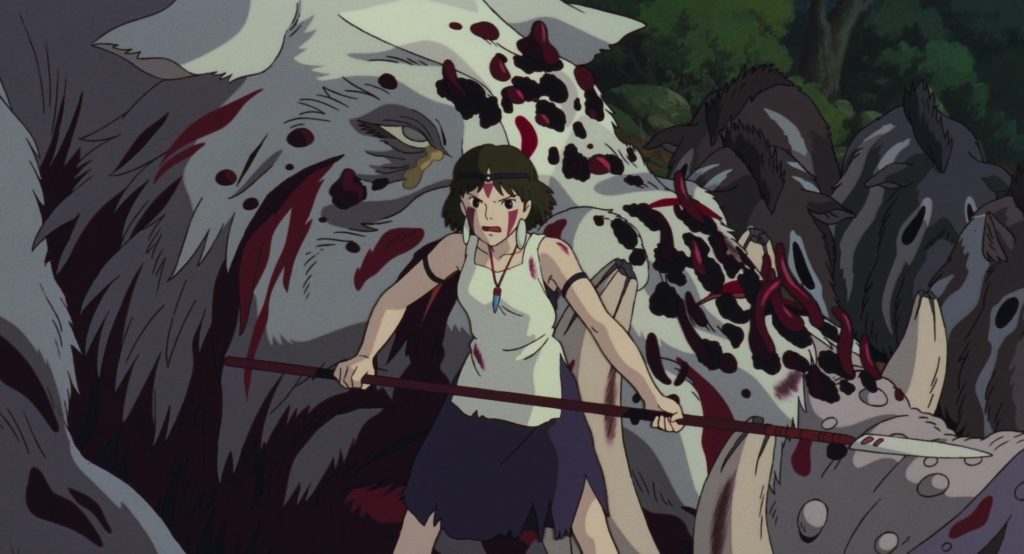
Ashitaka, a young prince, is banished from the Emishi village for attempting to defend his people from a demon that appears to attack them. Unexpectedly, the monster he shot down was a wild boar that served as the oak forest’s guardian. As a result, Ashitaka becomes cursed, which means that if people harm an animal or anything living in the forest, they would be tormented by the forest gods. Studio ghibli environment
The villagers want Ashitaka to go so that he does not spread his curse to the rest of the community. Ashitaka travels to Irontown, a mining town inhabited by humans. Lady Eboshi, the leader of Irontown, pushes people to chop down trees and burn away the forest in order to continue mining for more iron. Studio ghibli environmentStudio ghibli environment
Ashitaka also meets San, who lives with her wolf siblings. San wishes to assassinate Lady Eboshi in order to protect the world she lives in and the animals she considers her family. As they learn about each other’s stories, they work together to fight the conflict that exists between people outside the forest and the animals that live there.
The Environmental Message

Princess Mononoke promotes the message about the importance of the ecosystem, particularly the species that dwell in it. It urges people to avoid putting them in danger and instead to defend them. Princess Mononoke is basically a model character who is brave and passionate in her struggle against the inhabitants of Irontown who want to harm her home and family for the sake of their mining business.
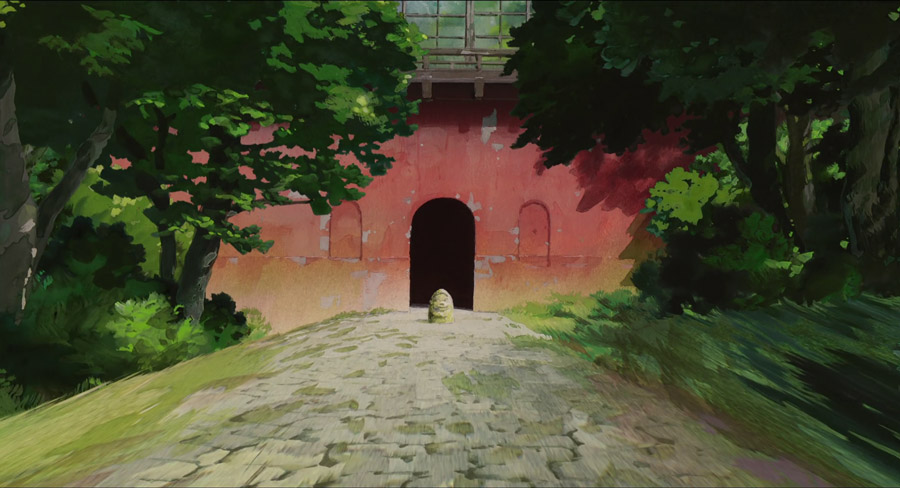
In “Spirited Away,” a red gate stands as the portal where a fantasy-like world unfolds, connecting the human world with the Spirit Realm, a place seldom visited by humans.
When one enters the Spirit Realm during the day, it looks abandoned but when the sun sets, the spirits that live there begin to emerge, undertaking their usual day-to-day activities, just as they would in the human world.
The Story

In the enchanting world of Spirited Away, a 10-year-old girl named Chihiro stumbles upon an abandoned amusement park. Little does she know that this seemingly ordinary place is anything but. When her parents are mysteriously transformed into pigs, Chihiro embarks on a surreal journey. Studio ghibli environment
She encounters the enigmatic Haku, who reveals that the park serves as a vacation spot for supernatural creatures seeking respite from their time on Earth. To free herself and her parents, Chihiro must work at the park. But it’s no ordinary workplace—it’s the Bathhouse of the Spirit Realm, owned by the formidable witch, Yubaba. Studio ghibli environment art
The bathhouse, designed in traditional Japanese style, becomes a sanctuary for spirits after dark. Here, they unwind, rejuvenate, and find solace. Imagine stepping into this otherworldly oasis, surrounded by lush greenery, soothing waters, and the gentle hum of magic. It’s the perfect place to unwind after a long day or embrace the mystical energy before dawn.
Studio Ghibli’s masterful storytelling, combined with Hayao Miyazaki’s reverence for nature, brings this captivating realm to life. Through Chihiro’s eyes, we discover that even in the fantastical, there’s a deep connection between humanity and the environment.
The Environmental Message

At first glance, “Spirited Away” might not seem to carry an environmental message. A closer inspection shows that Chihiro actively cleanses a stink spirit. It is in reality a river spirit clogged with refuse and metal debris, the byproducts of human neglect. This element of Studio Ghibli’s environmental art subtly conveys a powerful statement.
The transformation of the stink spirit from a repulsive entity to a purified river spirit not only alleviates the discomfort of the onlookers but also serves as a poignant metaphor. It reminds us to remain vigilant about our environmental impact, highlighting the importance of awareness and action in preserving our world.
The Story of Yanagawa Horiwari (1987)

The Story of Yanagawa’s Canals is a part-animated documentary directed by Isao Takahata. Yasuyoshi Tokuma wanted to make another animated film and
Miyazaki embarked on a search for a fresh idea, initially envisioning an animated film set in the picturesque town of Yanagawa. During his visit, the town’s charming canals captured his imagination. He believed that Takahata, who had produced “Nausicaä,” could bring this vision to life. Studio ghibli environment art
Takahata’s study trip to Yanagawa further fueled his fascination. He delved into the town’s history, uncovering the locals’ tireless efforts to preserve the ancient canals and restore once-polluted waterways. This journey culminated in a self-funded live-action documentary.
Studio Ghibli’s founders drew inspiration from Tsutae Hiromatsu, a former Yanagawa Municipal Office employee. Hiromatsu’s dedication to safeguarding Yanagawa Horiwari left an indelible mark, influencing both Miyazaki and Takahata.










